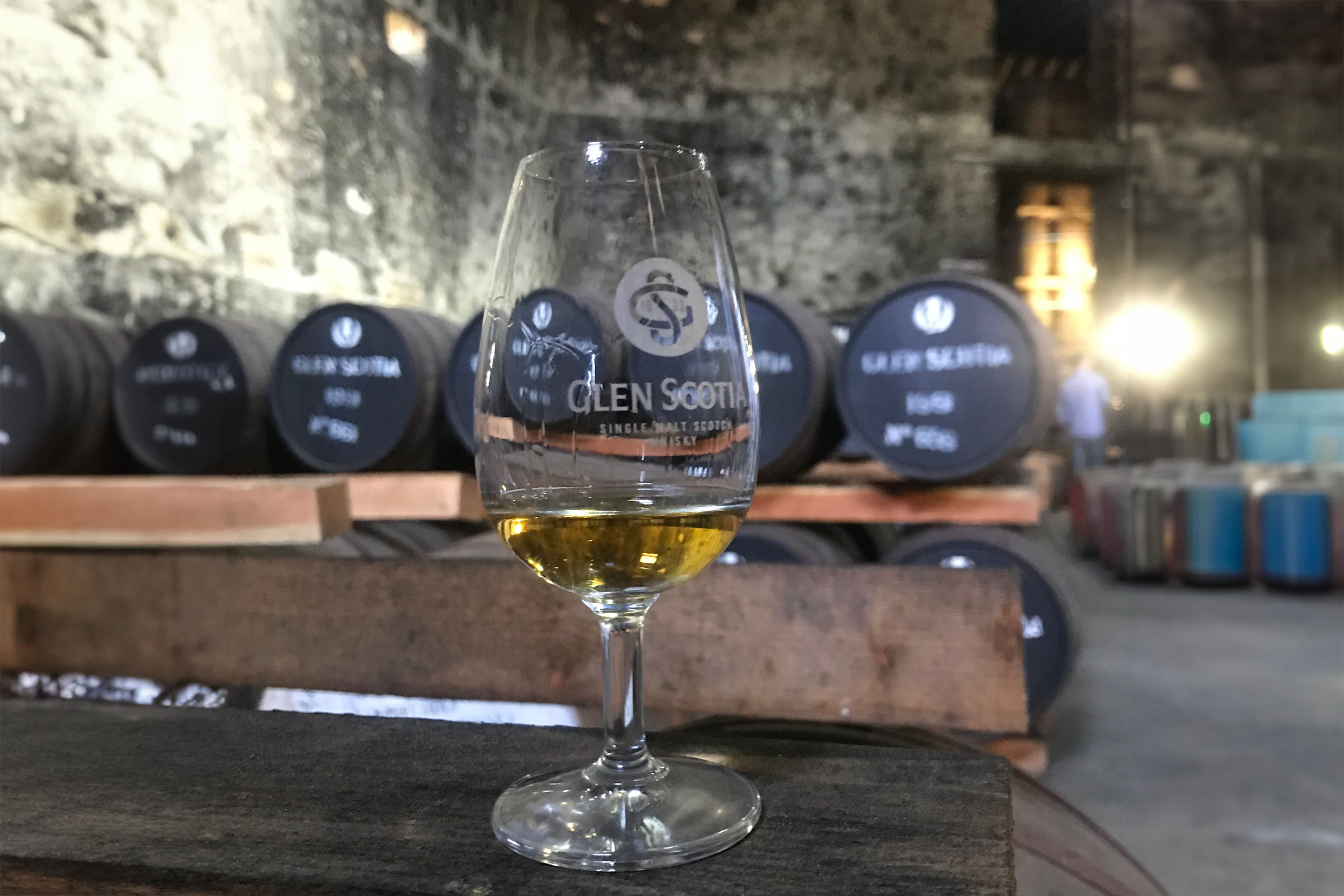Scotland and Ireland both have a rich heritage in the whisky industry. Both say that their whiskies are the best in the world but only you can really decide which you prefer. So what are the differences between the whiskies from these two nations?
The spelling
This has been the basis of many arguments – the Scots spell it whisky and the Irish spell it whiskey, with an ‘e’. It is not known why this is. Whiskey with the ‘e’ is also used when referring to American whiskeys. This ‘e’ was taken to the United States by Irish immigrants during the 1700s.
The distillation process
It is here that one of the main differences occurs. Generally, Scottish whisky is distilled twice and Irish whiskey is distilled three times (there are exceptions to the rule, in both cases). Distilling three times produces a lighter, purer and smoother spirit with higher ABV strength.
The stills
The size and shape of the stills used in the distillation process are different. In Ireland, pot stills are frequently used. These are short, fat, large stills with a round base that produce softer and more rounded spirits. In Scotland, distilleries use a wide variety of shapes and size of still and this gives wider diversity (see How is whisky made).
The use of peat
In Scotland it is common to use peat to dry the malted barley so that it is ready for milling and mashing. The type of peat used and the length of time the barley is drying in the peat smoke will influence the flavour in the final spirit. This gives Scottish whisky is fullness and traditional smokiness. In Ireland, they use wood in this process and this makes the spirit less smoky and lighter but again, there are exceptions. (for example, Connemara use peat and produce a very smoky range of whiskeys).
The use of grains
The Scots use malted barley in most whisky that is produced, however this is not the case in Ireland. They also use malted barley, but may mix other grains in with it. Traditionally Ireland has had a poorer economy than Scotland and barley is expensive to buy. Therefore, it is cheaper to use other grain to produce whiskey. This grain whiskey lends itself to blending and historically it has been used to make cheap blends.
The distilleries
The oldest registered distillery in Ireland is Bushmills, which has been in production since 1608. In Scotland, the oldest one opened in 1772 (Littlemill, which has now closed down). Glenturret is the oldest current distillery in operation, opening in 1775. In Scotland there are currently over 80 distilleries in production but in Ireland there are only three. These three are the result of smaller distilleries joining together. At each distillery they adher to the traditional recipes and techniques from each of the original distilleries. This gives the resulting whiskies their own individual characteristics. The three distilleries are Bushmills, Midleton (which produce Jameson’s, Powers, Paddy, Tullamore Dew and Midleton) and Cooley (Connemara, Kilbeggan, Locke’s and Tyrconnell).







